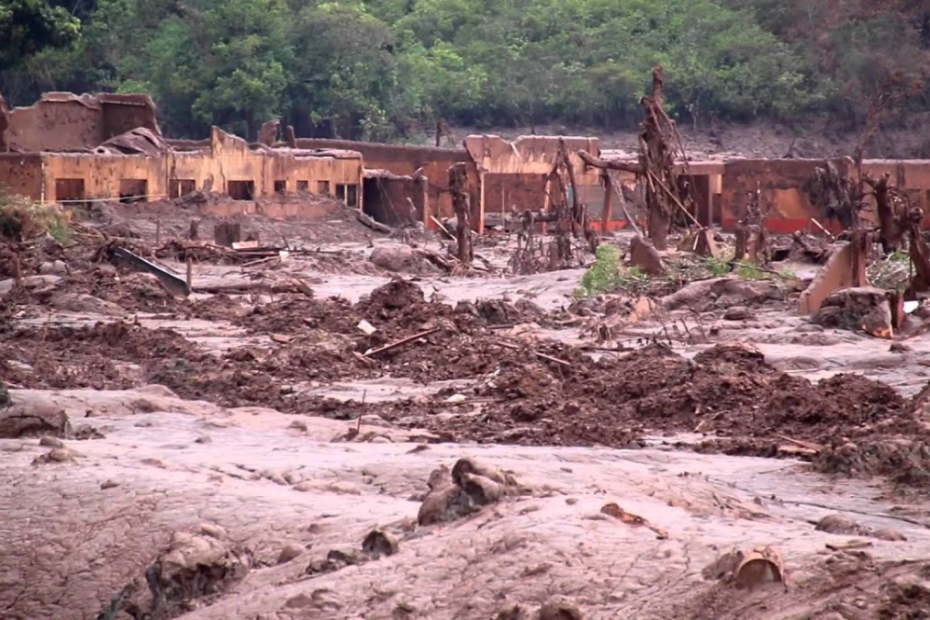The Mariana dam disaster in Brazil stands as a tragic reminder of the devastating consequences of environmental negligence. On November 5, 2015, the Fundão dam, owned by Samarco Mineracao, as part of a joint venture with Australian mining company BHP, collapsed in the town of Mariana, Minas Gerais. This catastrophic event released the equivalent of 20,000 Olympic swimming pools of toxic mud, devastating nearby communities and causing irreparable harm to the environment. However, amidst the widespread destruction, the impact on the local indigenous people, particularly the Krenak tribe, has been especially severe.
It remains the worst ecological disaster caused by the mining industry ever recorded, and a potent reminder of the international context in which Australian companies can have an impact.
The Krenak tribe, whose ancestral lands border the Rio Doce river, bore the brunt of the Mariana dam disaster. The toxic mud spill not only contaminated their primary water source but also decimated the flora and fauna they depend on for sustenance. The river, once teeming with life, became a lifeless, polluted expanse, depriving the Krenak of their cultural and spiritual connection to the land. Moreover, the loss of livelihoods, including fishing and agriculture, dealt a severe blow to the socio-economic fabric of the community, exacerbating existing inequalities and marginalization.
In addition to the immediate environmental and socio-economic impacts, the Mariana dam disaster inflicted long-term health consequences on the Krenak people. Exposure to heavy metals and other pollutants in the sludge has led to a myriad of health issues, including respiratory problems, skin diseases, and gastrointestinal disorders. Furthermore, the psychological toll of witnessing the destruction of their ancestral lands and traditional way of life has resulted in increased rates of depression, anxiety, and trauma among the indigenous population.
Despite promises of compensation and environmental remediation efforts by Samarco and the Brazilian government, the Krenak tribe continues to grapple with the aftermath of the Mariana dam disaster. Those impacted are still yet to receive compensation and have been left to pursue a class action against BHP in Australia. The slow pace of restoration projects, coupled with bureaucratic hurdles and legal disputes, has also hindered the recovery process, prolonging the suffering of the affected communities. Moreover, the lack of meaningful consultation and participation of indigenous peoples in decision-making processes further perpetuates their disenfranchisement and undermines their rights to self-determination and cultural integrity.
The Mariana dam disaster serves as a stark reminder of the urgent need for stronger regulations, accountability, and respect for indigenous rights in the extractive industries. It highlights what Pope Francis said in Laudato Si’ about the disproportionate impact of environmental disasters on marginalized communities. Moving forward, it is imperative for governments, corporations, and civil society to prioritize the rights and well-being of indigenous peoples, uphold environmental justice, and adopt sustainable practices to prevent such tragedies from recurring. Only through genuine collaboration and solidarity can we hope to build a more equitable and resilient future for all.
